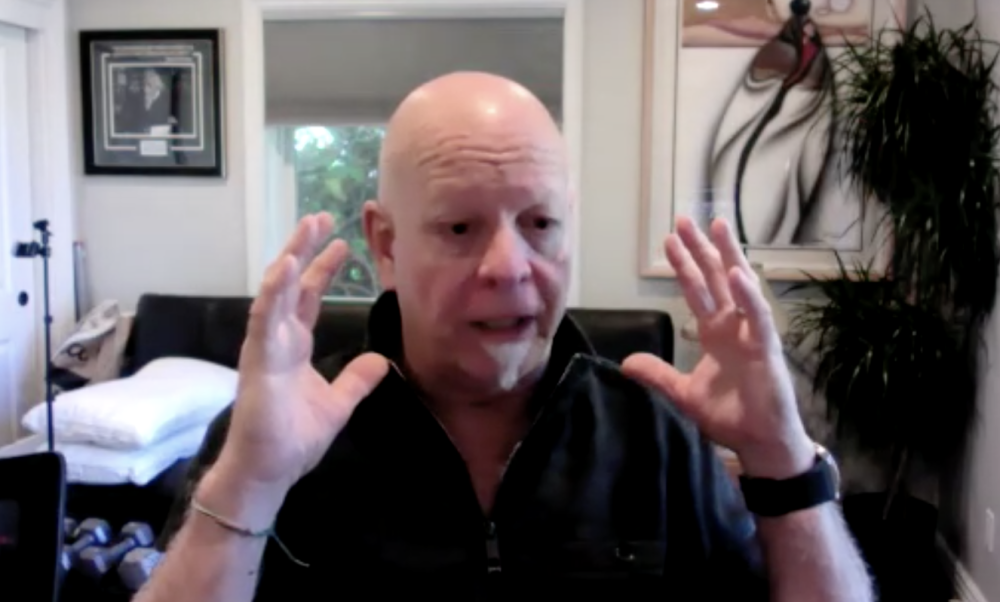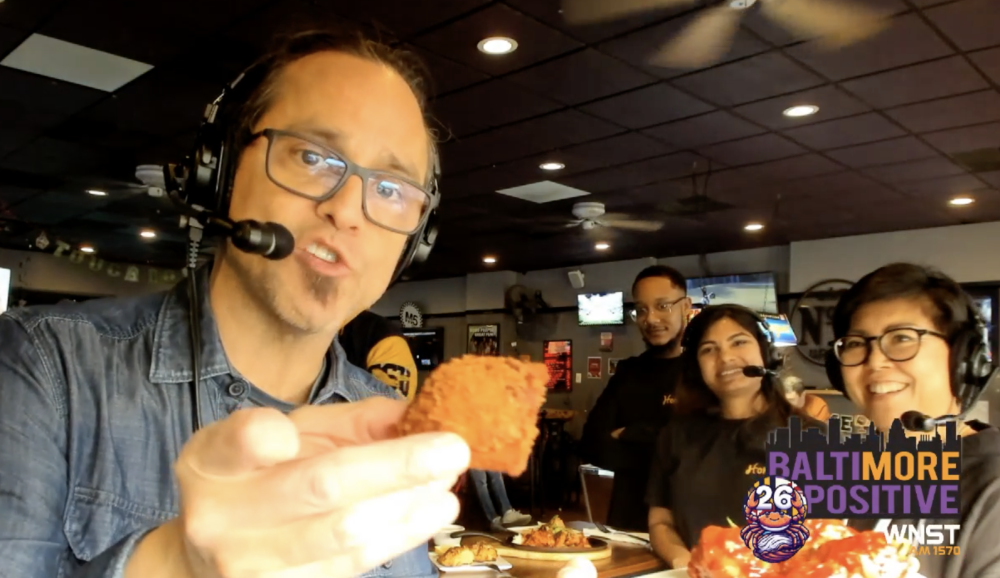The same system and ideology that built Bisciotti’s business at Aerotek has made the Ravens successful over the first decade of his ownership: picking qualified, motivated people, building teams, and demanding accountability and growth.
Bisciotti has always been reasonable regarding consistent expectations for the franchise on the field and has become more understanding that wind blows in many directions as wins and losses occur each week in the public forum. The group dynamics and tribal mentality of the fan bases in the NFL are strange and somewhat unique in his new business and made even stronger in an age when every word, decision, rumor or non-action becomes fodder for Facebook and Twitter. It all plays in real time now as fans have a live barstool to the world in between every play, every Sunday. And then much like in the political realm, there is never-ending criticism and over analysis of every aspect of the NFL the remainder of the week until the gladiators report for combat on the seven-day life cycle. And it’s increasingly unkind in the era of social media with manufactured outrage and conversation over the more trivial items on and off the field and the players are now exposed and involved in the conversation.
But it’s this never-ending conversation and fascination with all aspects of the Baltimore Ravens and the NFL that fuels the business and makes it a billion dollar property. Fame, criticism and a vested fan base just come as the residue of the power of the brand and the spoils of success on the field.
Bisciotti acknowledged this reality when speaking to the media immediately following the hire of Harbaugh and his lofty hopes and dreams for his first NFL head coaching hire as a “Hall of Fame” hopeful.
“I don’t think it’ll put added pressure on him,” Bisciotti said. “You don’t get into this business as a head coach without dreaming of being in the Hall of Fame. No player plays without dreaming of going there. That’s not going to hinder his development, and I hope it doesn’t raise your expectations because you don’t get to the Hall of Fame in a year or two or three. I just hope our fans are kind to him. I hope the local media treats him as if he were your brother. Give him a break – it’s high pressure, high profile. For everyone of you – if it were your brother or your brother-in-law — you’d want to give him benefit of the doubt and give it a chance.”
Again, family rolled off the tongue of Bisciotti. He also spoke of the “family” side of his ideology with the Ravens fans that’s consistent with his message when prodded about what Art Modell would think of John Harbaugh:
“Art’s going to say, ‘Trust the people around you,’ ” Bisciotti. “He preached, ‘Just get good people around you.’ Art has constantly done it and he knows the game – surround yourself with quality people if you want to be successful. And treat them like family.”
When Bisciotti talked to John Harbaugh about being his head coach, the conversation barely touched on football-related decisions. “I had different things to talk about than my football guys,” Bisciotti said. “We talked about leadership. We talked about strategies and how he views situations of leadership and how he handles different situations. That’s what I focused most of my one-on-one time with him on.”
Harbaugh is quick to answer his favorite lesson from the Bisciotti school of management over his first five years:
“From a business standpoint, he’s taught me that you must manage and plan for downside,” Harbaugh said. “Times will not always be good, so build downside into every decision.”
Certainly, the Ravens moving on after Super Bowl XLVII can only prepare for the downside because when you’re atop the 32 teams in the NFL – remember all aspects of the enterprise can be construed as “not for long” – changes moving forward are inevitable. Players will change. Salaries will change. The draft will bring a new crop of young Ravens. Hall of Famer Ed Reed will play the 2013 season for the Houston Texans. And the Ravens will adjust to life after Ray Lewis.
Perhaps Bisciotti’s most impressive management of a relationship over his tenure has been that with his star linebacker, who hit the open market as a free agent in 2009 upon the advice of his owner. Once again, Bisciotti was pragmatic in analyzing all aspects of Lewis’ decision and desires. It was an all-too-familiar refrain. A legendary NFL player winds up in another jersey at the end of his career because the salary cap number and the team’s ability to justify it often becomes an inevitable ticket to a semi-tarnished or diminished perception by the player moving on to a strange town. There, he’s a 30-something mercenary trying to win another ring someplace where it wouldn’t have the same value or meaning as his original home. Bisciotti did not want Ray to take his decision lightly.
The Ravens fan base is a bit spoiled in that regard having seen Jon Ogden and Peter Boulware play solely in purple. But, conversely, Matt Stover kicked in a Super Bowl for the Indianapolis Colts and later beloved Todd Heap was cut in 2011 due to age and the team’s drafting of younger, replacement players. There’s a life cycle to every football career and in 2009, Ray Lewis and the Ravens were both assessing the value of staying married through the December of his career.
Like his monumental decision to hire John Harbaugh just 11 months earlier, he would now be publicly negotiating with the most beloved public figure in Baltimore and the Ravens were put in that awkward position of retaining a future Hall of Famer and a guy who had been the lifeblood of the organization from its inception. From the initial 1996 team through his trials and tribulations and the 2001 Super Bowl MVP in the most glorious night in franchise history, Ray Lewis had been the one constant in the franchise and the city’s favorite son.



























